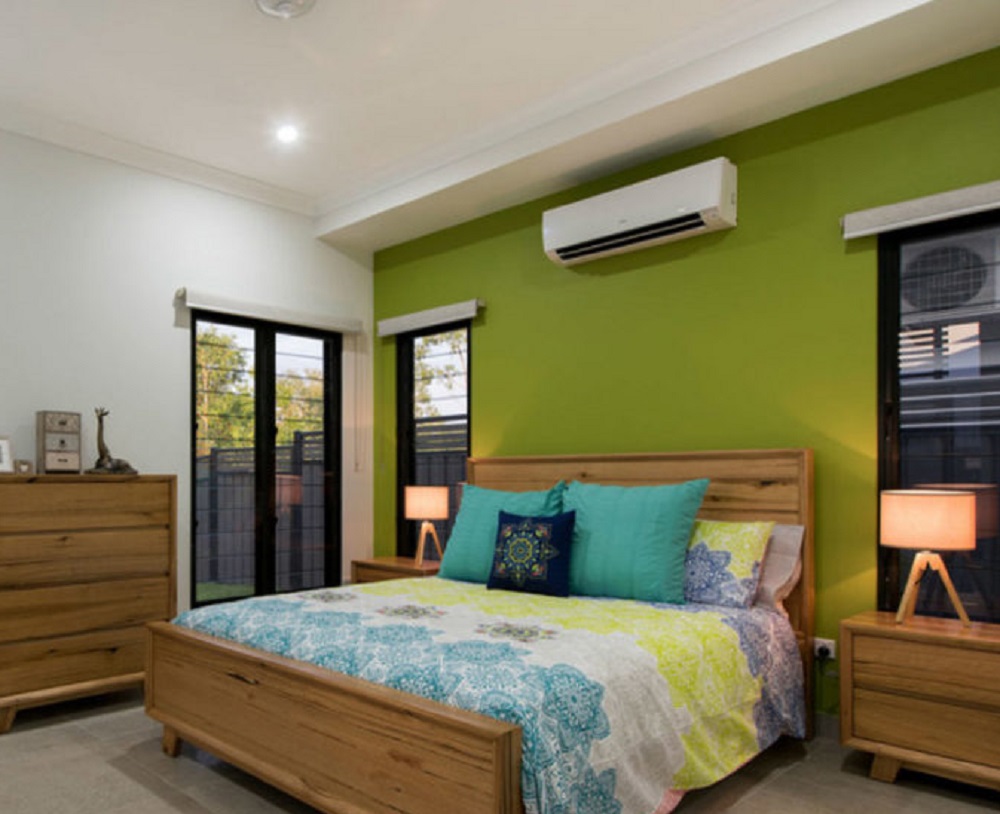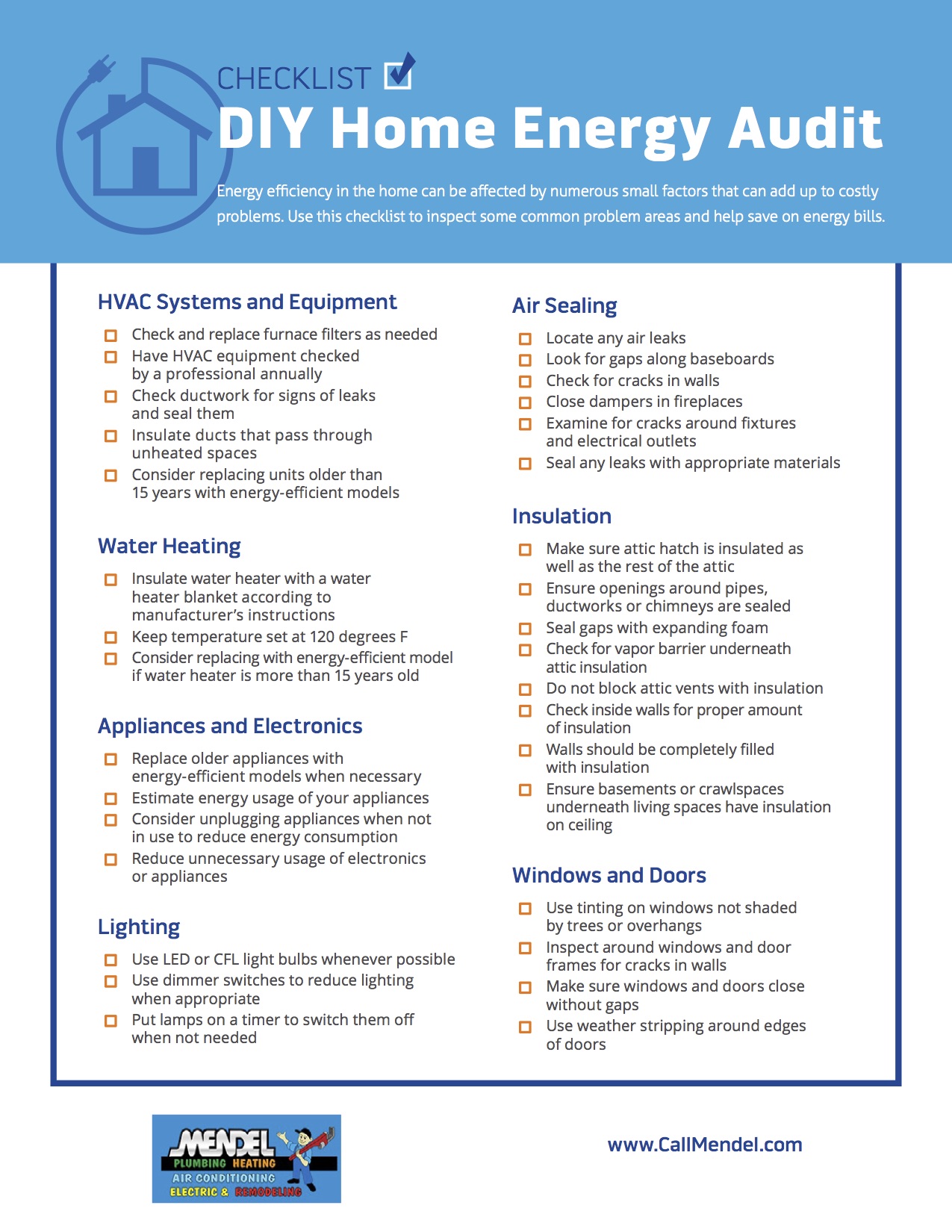
DIY Home Energy Audit
Even if you’re not concerned about your carbon footprint or any of the other eco-friendly buzzwords that have emerged in recent years, you’re probably interested in saving some money. If you are still unsure about whether to hire professionals or do it yourself then click here for more information to help you make a decision on what to do next. For homeowners, making their homes more energy efficient is a good way to save money by cutting down on the amount of energy they use — and there are plenty of opportunities to do so. A large amount of the money spent on energy by homeowners in the United States ends up being wasted because of inefficiencies around the home. In fact, it’s estimated that more than $300 billion is spent each year on energy that is wasted because of drafty doors and windows, or other energy-wasting features. That means identifying trouble spots around the home and fixing them can have a significant effect on a home’s energy consumption and the homeowner’s energy bills.
Although it is recommended that homeowners hire a professional to conduct regular home energy audits to identify such trouble spots, it is possible for homeowners to conduct their own home energy audits. These do-it-yourself energy audits can catch some of the most basic and easily remedied inefficiencies before they have a chance to become bigger issues, taking a larger toll on the home’s energy costs. For example, checking to ensure pipes and ducts are properly insulated around the home can help prevent heat loss, requiring less effort from the home’s HVAC system and lowering energy costs. This and other potential trouble spots can add up to substantial energy savings for homeowners. Yet with so many of them throughout the average home, it can be difficult for homeowners to keep track of them all. The following checklist details some of the most common areas where energy efficiency can be improved throughout the home, and can serve as a guide for you when conducting a DIY home energy audit.
 WhosGreenOnline.com Your Online Magazine and Directory for Green Business, Product, Service and News!
WhosGreenOnline.com Your Online Magazine and Directory for Green Business, Product, Service and News!


